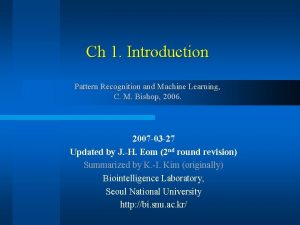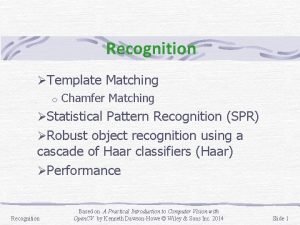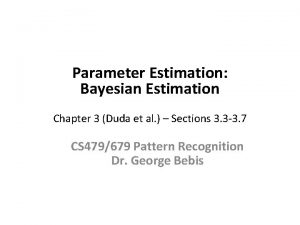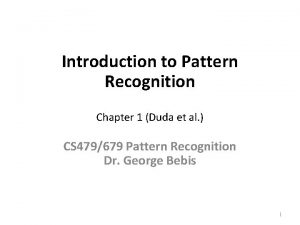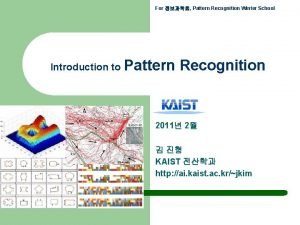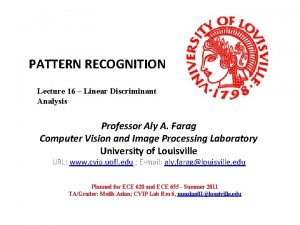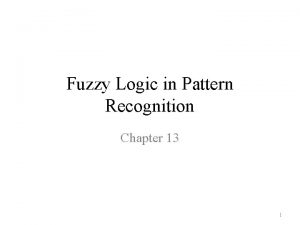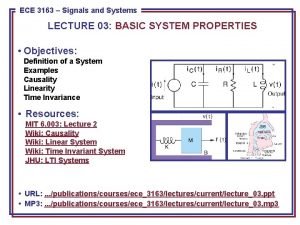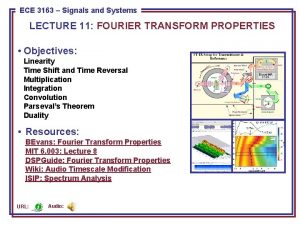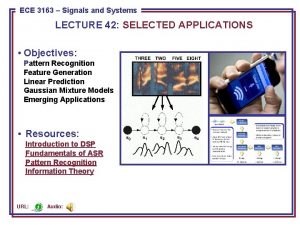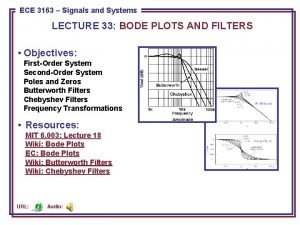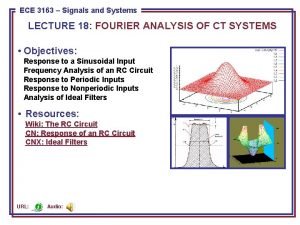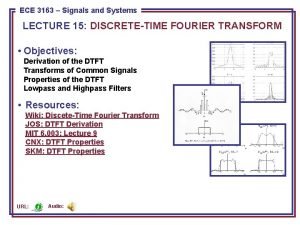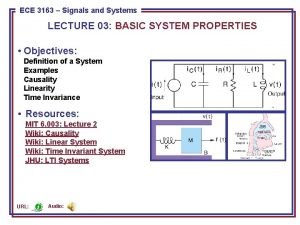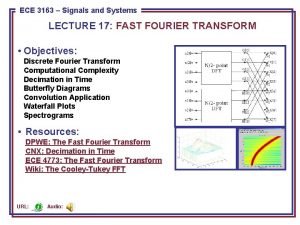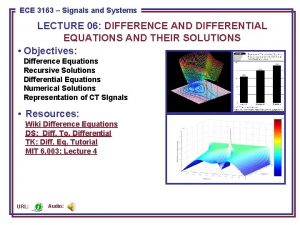ECE 3163 8443Signals Pattern and Recognition ECE Systems












- Slides: 12

ECE 3163 8443––Signals Pattern and Recognition ECE Systems LECTURE 09: THE TRIGONOMETRIC FOURIER SERIES • Objectives: The Trigonometric Fourier Series Pulse Train Example Symmetry (Even and Odd Functions) Line Spectra Power Spectra More Properties More Examples • Resources: CNX: Fourier Series Properties CNX: Symmetry AM: Fourier Series and the FFT DSPG: Fourier Series Examples DR: Fourier Series Demo URL: Audio:

The Trigonometric Fourier Series Representations • For real, periodic signals: • The analysis equations for ak and bk are: • Note that a 0 represents the average, or DC, value of the signal. • We can convert the trigonometric form to the complex form: ECE 3163: Lecture 09, Slide 1

Example: Periodic Pulse Train (Complex Fourier Series) ECE 3163: Lecture 09, Slide 2

Example: Periodic Pulse Train (Trig Fourier Series) • This is not surprising because a 0 is the average value (2 T 1/T). • Also, ECE 3163: Lecture 09, Slide 3

Example: Periodic Pulse Train (Cont. ) • Check this with our result for the complex Fourier series (k > 0): ECE 3163: Lecture 09, Slide 4

Even and Odd Functions • Was this result surprising? Note: x(t) is an even function: x(t) = x(-t) • If x(t) is an odd function: x(t) = –x(-t) ECE 3163: Lecture 09, Slide 5

Line Spectra • Recall: • From this we can show: ECE 3163: Lecture 09, Slide 6

Energy and Power Spectra • The energy of a CT signal is: • The power of a signal is defined as: Think of this as the power of a voltage across a 1 -ohm resistor. • Recall our expression for the signal: • We can derive an expression for the power in terms of the Fourier series coefficients: • Hence we can also think of the line spectrum as a power spectral density: ECE 3163: Lecture 09, Slide 7

Properties of the Fourier Series ECE 3163: Lecture 09, Slide 8

Properties of the Fourier Series ECE 3163: Lecture 09, Slide 9

Properties of the Fourier Series ECE 3163: Lecture 09, Slide 10

Summary • Reviewed the Trigonometric Fourier Series. • Worked an example for a periodic pulse train. • Analyzed the impact of symmetry on the Fourier series. • Introduced the concept of a line spectrum. • Discussed the relationship of the Fourier series coefficients to power. • Introduced our first table of transform properties. • Next: what do we do about non-periodic signals? ECE 3163: Lecture 09, Slide 11
 Cm bishop pattern recognition and machine learning
Cm bishop pattern recognition and machine learning Chamfer matching
Chamfer matching Bayesian parameter estimation in pattern recognition
Bayesian parameter estimation in pattern recognition Vyr737
Vyr737 Fuzzy classification in pattern recognition
Fuzzy classification in pattern recognition Design cycle of pattern recognition
Design cycle of pattern recognition Pattern recognition
Pattern recognition Pattern recognition lab
Pattern recognition lab Pattern recognition clinical reasoning
Pattern recognition clinical reasoning Contoh pattern recognition
Contoh pattern recognition Discriminant function in pattern recognition
Discriminant function in pattern recognition Fuzzy logic in pattern recognition
Fuzzy logic in pattern recognition Pattern recognition
Pattern recognition
